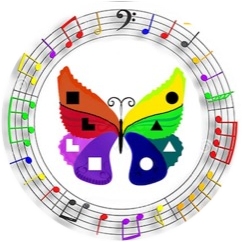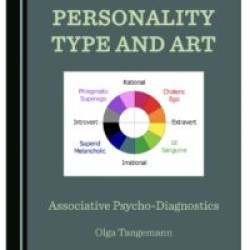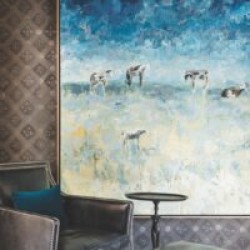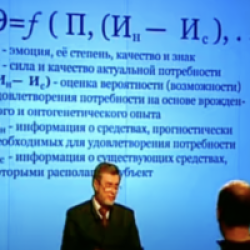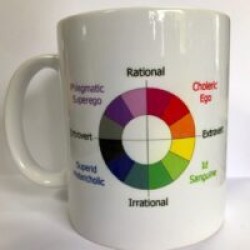The Shadow – archetype by Carl Jung is a basis for the values of the TPE Superid which corresponds with the irrational, introverted and dynamic functions of doubt intuition Ni and sensory sensations Si.
“The Shadow is a very common archetype that reflects deeper elements of our psyche, where ‘latent dispositions’ which are common to us all arise. It also reflects something that was once split from us in early management of the objects in our lives.
It is, by its name, dark, shadowy, unknown and potentially troubling. It embodies chaos and wildness of character. The shadow thus tends not to obey rules, and in doing so may discover new lands or plunge things into chaos and battle. It has a sense of the exotic and can be disturbingly fascinating. In myth, it appears as the wild man, spider-people, mysterious fighters and dark enemies.
We may see the shadow in others and, if we dare, know it in ourselves. Mostly, however, we deny it in ourselves and project it onto others. It can also have a life of its own, as the Other. A powerful goal that some undertake is to re-integrate the shadow, the dark side, and the light of the ‘real’ self. If this can be done effectively, then we can become ‘whole’ once again, bringing together that which was once split from us.
Our shadow may appear in dreams, hallucinations and musings, often as something or someone who is bad, fearsome or despicable in some way. It may seduce through false friendship or threaten with callous disregard. Encounters with it, as an aspect of the subconscious, may reveal deeper thoughts and fears. It may also take over direct physical action when the person is confused, dazed or drugged.”
http://changingminds.org/explanations/identity/jung_archetypes.htm
